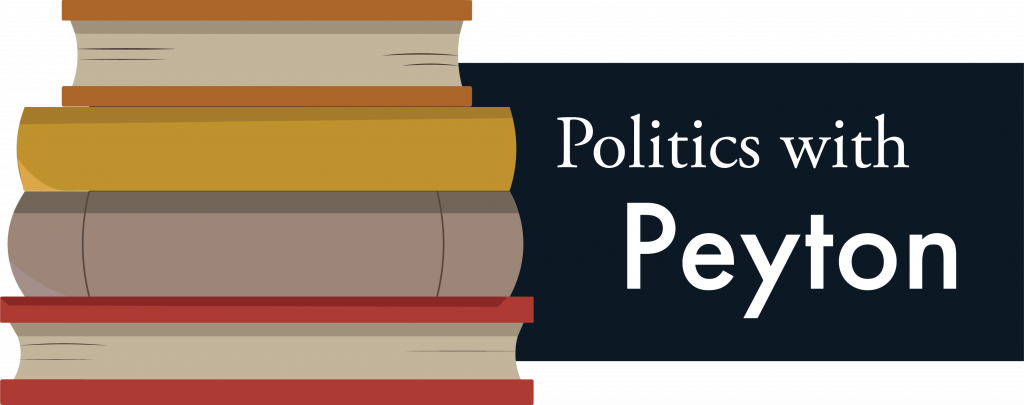I’ve always been sentimental. I like for things to last. For my 21st birthday, I made a decision that will last forever – my first tattoo.
Friends warned that having this tattoo, and subsequential tattoos, doesn’t bode well for young professionals entering the workforce.
My two-inch tattoo, an excerpt from a note my child sponsor in the Dominican Republic gave me, rests on my forearm near my elbow. My sponsor and his note play a significant part in my testimony.
It’s disheartening that this sincere swivel of ink could potentially hold me back from future employers. This has led me to reevaluate what the term “professionalism” really means. I argue that this societal construct harms us more than we realize.
Organizations should uphold and value professionalism, but how do tattoos delegitimize a candidate’s ability to work hard and work well?
In one of my government classes last semester, my professor made a comment that was extremely unprovoked: “You can’t expect to be taken seriously with pink hair.” This type of thinking, I believe, will force a lot of great people to go unnoticed.
Judging appearance like this is judgmental and outdated.
Let me paint the picture: an overqualified candidate goes in for a job interview within the political realm. This person has two tattoo sleeves and blue hair. A less qualified person, no sleeves and natural colored hair participates in the same interview. Based on appearance alone, the conventionally styled person has already been perceived as
more qualified.
If you are going to judge a person, judge their character and work ethic—not piercings and hair color.
Appearance does matter, especially in the political world. You can tell a lot from a person’s character by the way they outwardly express themselves. However, a distinction should be made between judging someone’s effort into their appearance and the style choices they make for their appearance.
If they present themselves in a professional manner, it should not matter what color their hair is and whether they have respectable tattoos that show.
If someone shows up to a job interview late, with unbrushed brown hair, old, stained clothes and talks unprofessionally, then this tells the employer they have a laid-back work ethic and may not be the best candidate for a punctual job. However, if someone shows up on time, ironed clothes, brushed and styled blue hair with an excellent vocabulary, they should be seen beyond the fact they have blue hair.
When looking at politics, there has been a precedent set. For example, according to the New York Post, female reporters, congressional staffers and congresswomen themselves are unallowed to show their shoulders and wear open-toed shoes. Men are also required to wear a tie and a suit jacket.
The New York Post furthered saying, “There’s no official rule book or manual for the dress code requirements — the only specifics, such as they are, can be found in Jefferson’s Manual and Rules of the House of Representatives, which provides a history of the murky guidelines. A 2015 edition gives only the broad outlines of “the customary and traditional attire for members, including a coat and tie for male members and appropriate attire for female members.”
The rules we have established for professionalism date back to the 1800s. This was the same time period where men wore suits daily, and women would not be caught dead in pants. Times have changed, but unrealistic standards for professionalism have stayed consistent.
Mackenzie is the opinion editor. Follow her on Twitter
